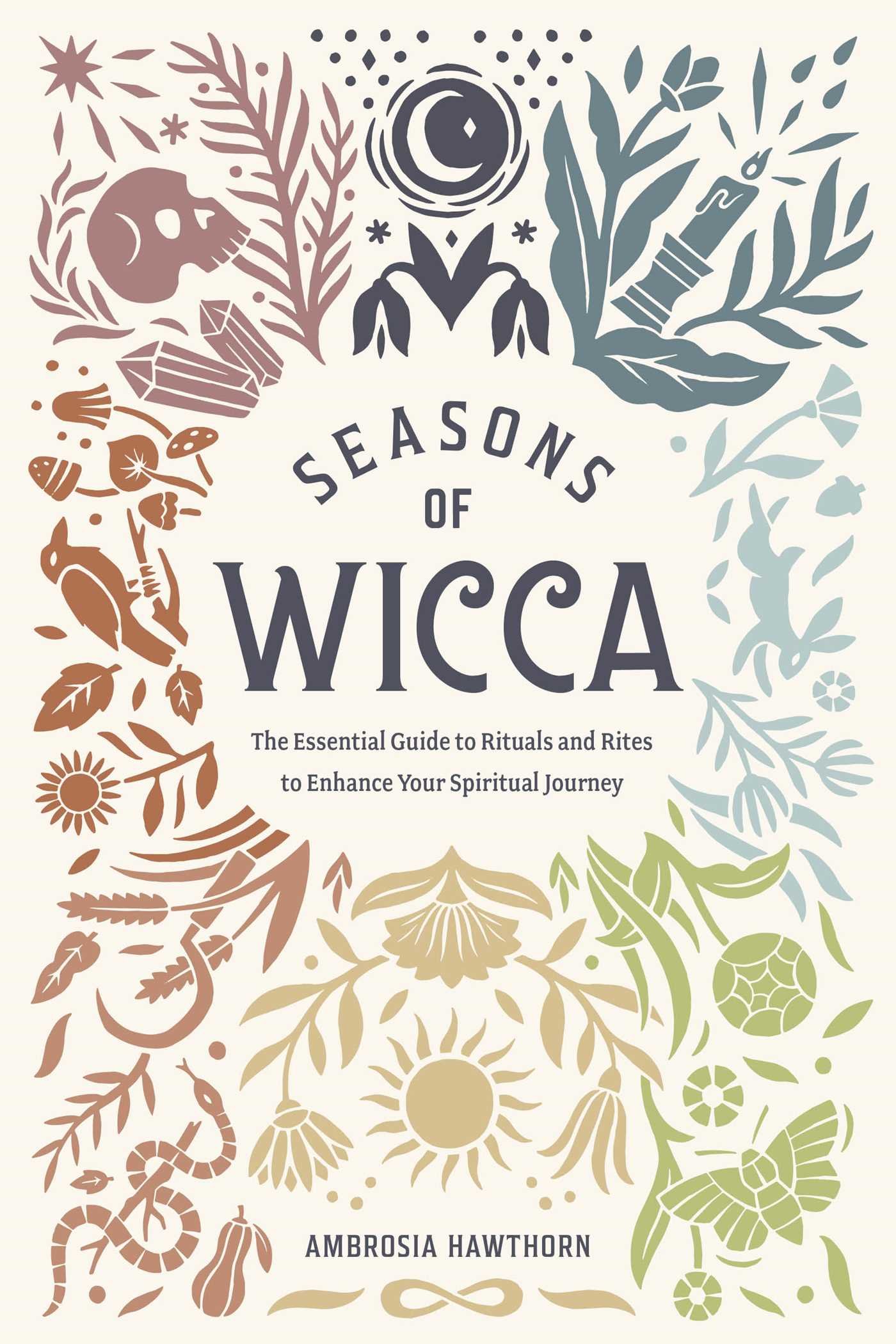Writer. Editor. Book doula.
Natasha Yglesias is a writer and editor based in Northern California.
A graduate of the Bennington Writing Seminars, her fiction has appeared in many online journals such as Third Point Press, Waypoints Magazine, and Lockjaw Magazine. She’s also coauthor of the New York Times bestseller Raising Antiracist Children.
You can find her writing, as well as some of the past works she’s edited, below.
Publications
Raising Antiracist Children: A Practical Parenting Guide
Simon Element, 2022
“Prompt 177: Body Love/Body Hate”
The Isolation Journals, 2022
“Prompt 157: Artistic Awakening” The Isolation Journals, 2021
“First Impressions” & “Unreliable Narrator” malasaña magazine, 2019
“Winner, Winner”
Third Point Press, Issue 13, 2019
“Slate”
Waypoints Magazine, Issue 3, 2017
“Big Girl”
Thin Noon Magazine, 2015 [Archived]
“Inheritance”
Lockjaw Magazine, Vol. II, 2015 [Archived]
*Also an honorable mention in Glimmer Train's April 2015 Very Short Fiction Award.
New York Times bestseller!
Learn about raising antiracist children in an informed, actionable, and accountable way from antiracist and anti-biased educator and advocate Britt Hawthorne and her coauthor Natasha Yglesias.
“I don’t know a single person who doesn’t have a complicated relationship with their body, or who hasn’t been taught to dislike certain parts of it. In this way, dissatisfaction with our image and self-criticism are some of our most unifying commonalities. My own complicated self-image is so often my focus that many of my short stories were actually born from moments of frustration, sadness, or longing about my body. It was only once I began facing what made me insecure that I was able to learn more about these insecurities, and unearth their roots.”
“The first time I ever received a camera—cheap and disposable and too bulky for my hands—I used up the film in minutes. I hurried outside, the chunky plastic in my fist fueling me with purpose. I was unleashed. Through the little lens, everything suddenly gained meaning. Each pebble contained grace; each bird became inquisitive and poetic. At the right angle, a crack in the sidewalk was a masterpiece.”
“To be pointed at in such a way, when I am the one who should be pointing. It’s you, they say, and what they mean is: you were his, which is to say, you are the woman he now says you are. They mean: we have heard one side of a story and have found you to be what we have been told you are. What they are saying is: we have the evidence to disregard your story and your pain. But hello, nice to meet you, too.”
“‘What are we doing?” I ask in the backseat of one of Mother’s cars. Or maybe I ask, “Where are we going?” Maybe we are standing, burning, at the bus stop for what seems like hours—Mother’s car broken down and driven to the dump—sun beating hot and flat forever.”
“I met Camille that first day of summer. She was a tall woman with wild hair and round, protruding eyes. Camille moved while standing still, her bare arms strong and sinewy and lean. She held a gallon-sized, plastic water jug that was half full, still looking parched as she placed it down to leave her hands open, leathery palms splayed in welcome. I remember my fear of her as I tried to sift through my confusion, looking to my mother for an explanation. My mother led me to her, and I watched as her hand left mine to join Camille’s, fingers lacing in a fascinating, intimate way. It was stark, the difference between my clumsy cupped hold and what I saw before me. It said everything in one delicate transfer of control.”
“There was a nightmare that happened near the end of each night—one that wouldn’t go away. In it, she sat outside at that wooden table, bit into an apple, and whimpered at the pain in her gums. Not the good pain, but the bad kind. Her eyes watered as she tried to remove her teeth carefully, but they removed themselves from her gums and remained lodged in the apple’s skin—a perfect pair of parentheses inside. Her fingers reached up, prodded the irritated tissue, the raw, open gaps which stung from meeting the air. She looked down and saw her blood stain the white flesh of the fruit. She looked up at the people in their coats as they stared at her from across the other tables, hands over their mouths, silent but watching. She pressed her lips together, felt the soreness from her gums touching. A hand reached forward, pried open her mouth, and someone said, ‘What do you have in there?’ and she said, or tried to say, ‘Nothing, I am missing things,’ and then he said, “Here, my big girl, let me help you look.’”
“Each day the daughter is the biggest she has ever been. In school, the other children stare as her body drapes and bends over the tiny metal chairs. She folds over the stiff, L-shaped wooden desk; the pencil shrinks in her swollen hands. A cute boy stares, and she pulls at the clothes that do not fit, the clothes that her mother has found for her, as if to say: this is who you are.
The mother asks, ‘Are you learning?’
‘Oh, yes,’ the daughter says. ‘I am learning so much.’”















